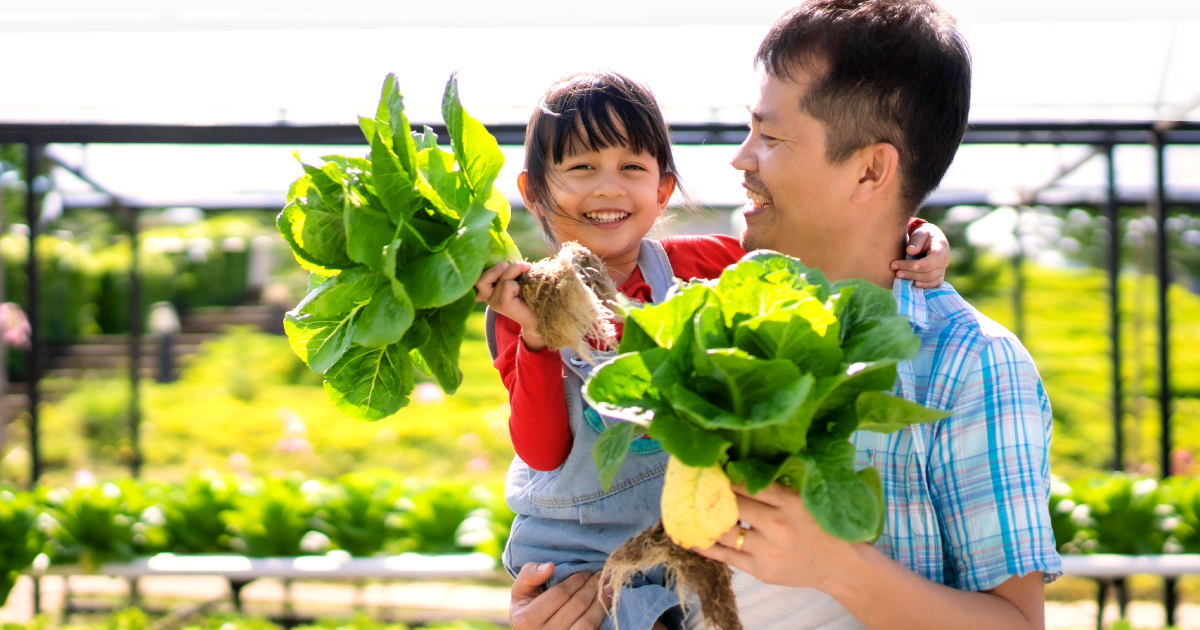Feeding the World with Smarter Farming: From Agritech to What We Eat

Posted on |
In 2022 – 2023, the world population will cross the 8 billion mark. With the population steadily increasing, the global community must step up efforts to increase the quantity and quality of food. Maintaining a sustainable food system of the future necessitates the advent of new technologies in farms via “Smart Farming”.
According to UN’s figures, food production must increase by 70% to cope with the expanding population growth. UN also reports that potential lands for crop production are dwindling year-by-year following a global assessment on our planet’s land resources.
Smart farming is a sure-fire solution to reverse the unfavourable trends in food production and agriculture.
Rising Food Prices and Worsening Food Insecurity
Locally, rising costs of production has undoubtedly resulted in high food prices. Notably, the price of vegetables has increased, amid inflation fueled by the pandemic.
The typical Malaysian household has begun to feel the pinch of the escalating prices. Not only vegetables, but the prices of rice, meat, poultry, fish and eggs have hiked up. To save money, people have no choice but to cut down on their staples. Even more affected by the price hikes are low-income families, welfare-dependent households, and the elderly.
Building a sustainable agrifood sector is crucial to tackle food insecurity issues stemming from the price hikes. Poor weather conditions and the pandemic are largely to be blamed for the increased prices of raw materials and causing disruption in the food production chain. Effectively managing the impact of this disruption means revolutionising food production. The answer is INNOVATION.
Feeding the Growing Population with Innovation
Innovation and digital technology at the forefront of farming practices improves agricultural yields and profitability for farmers. This addresses the three main indicators of food security: availability, accessibility, and stability.
Seed improvement, more effective fertilisers, and bigger, better machinery were primary focus areas during the Green Revolution, i.e., crop-related advances and mechanical improvements. Currently, the trend in smart farming is focused on digital-driven tools. Automation and precision farming tools are two driving forces of digital transformation in smart farming.
Efficient Farming Through Precision & Automation, Promising Ample Food Supply
Farming and agriculture play the utmost vital role in expanding output to feed an estimated 10 billion mouths in 2050. This can be achieved by levelling up the industry via automation and precision farming.
Industrial agriculture is slowly accepting the advancement of AI and robotics in the field. Big players understand it as a key driver for efficiency, albeit still very fragmented and not accessible to everyone. Sightings of self-driven, GPS-guided tractors in the farms have become common. Up in the skies, drones are increasingly used for high-resolution imagery and mapping.
Implementing smart management systems is also much needed in the industry for productivity. A digitalised system means better monitoring, record keeping, and resource management. Meanwhile, advanced monitoring systems that include sensors are used for plant growth and soil moisture tracking. Thus, they provide precise information for farmers to act when and where required.
Agritech to Shape the Future of Food Production
There is great potential for tech-driven operations in farming. Nevertheless, it is also important to emphasise the importance of co-existing with age-old farming traditions. After all, cultivation of crops will always require people toiling in the fields.
“The FUTURE of food production is for us to create and shape.”
To be a sustainable farmer, one must choose the appropriate technologies. Precision tools and automated machinery that make up a large part of smart farming very much require human control. On top of that, human expertise is still necessary for decision-making.
Using these technologies the right way can increase the productive capacities of people, rather than completely replacing them.
The Quarto plantation management solution is one such agritech solution that streamlines key agriculture processes, to improve productivity and optimise resources.
Quarto integrates plantation management best practices with your plantation’s requirements. As such, you have your plantation “ecosystem” right at your fingertips, enabling you to know what’s going on in near real-time.
Adopting an innovative yet non-complex agritech solution like Quarto can make a big difference in terms of productive, efficient farming. Ultimately, this could help meet the production targets of crops, which will eventually become the source of nourishment for the growing world population.
Make your plantation’s processes more efficient with Quarto! Connect with us at www.lintramax.com/contact/ to learn more.
